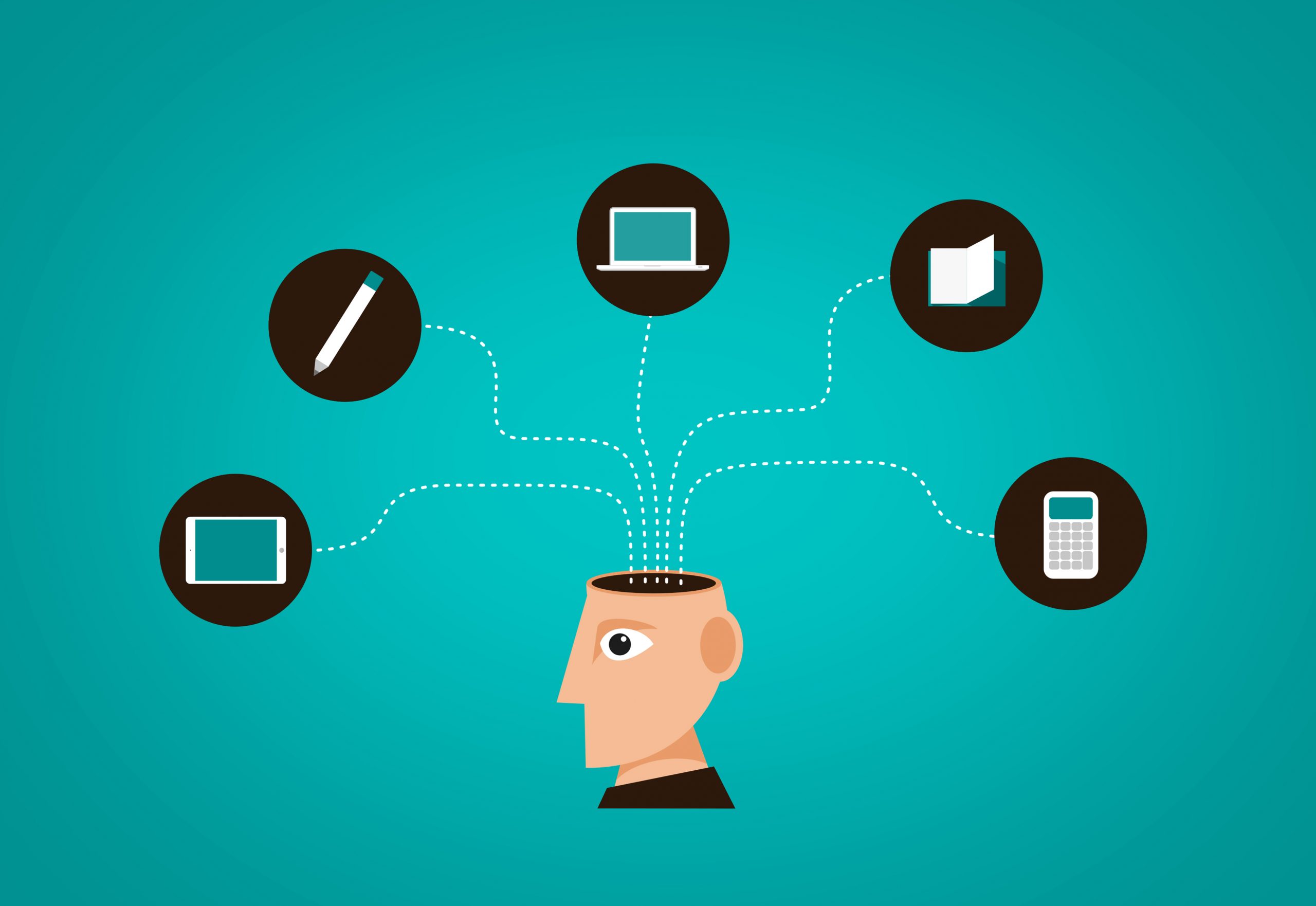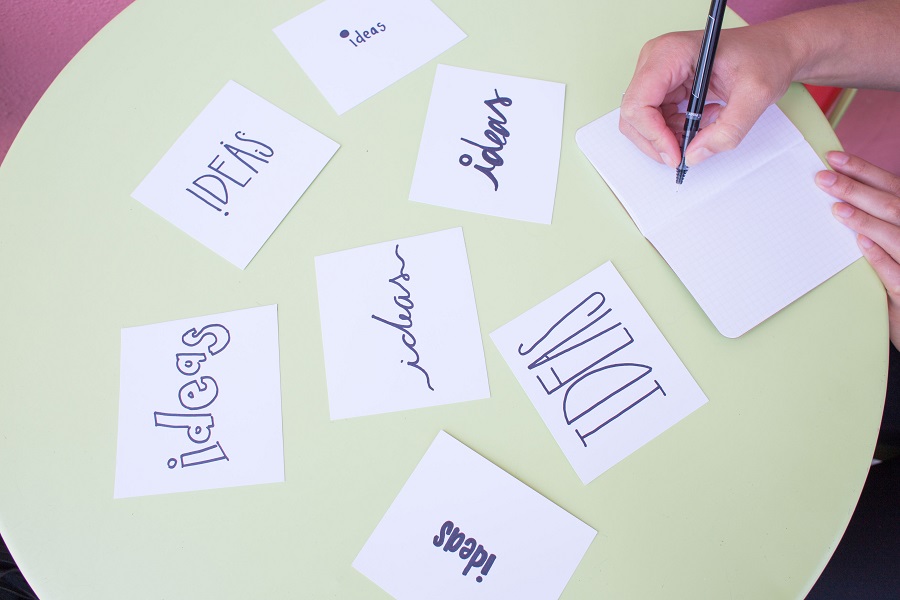I’ve spent so many years taking apart my mind in regards to my mental health (anxiety and depression), but it’s […]
All posts tagged: creativity
7 Blocks To Creative Thinking And How To Solve Them
Each of us has the power to be creative. It’s part of our natural makeup as human beings. The trouble […]
Creative Thinking — It’s Something You Can Learn!
I’m one of those people that have always been considered a creative type — because I have always been interested in […]
Categories
- Age Spots
- Aging
- Alpha-Lipoic Acid
- Alzheimer's
- Anti-Depressants
- Anxiety
- Appreciating Healthy Food
- Articles/Excerpts
- Artificial Sweeteners
- Attachment
- Ayurveda
- Ayurvedic Teas
- Birth Control
- Bladder Infections
- Blueberries
- Books
- Breakfasts
- Breathing
- Brussels Sprouts
- Buddhism
- Caffeine
- Caregiving
- Coffee
- Consciousness
- CoQ10
- Creative
- Creativity
- Death
- Depression
- Detox
- Detoxify
- Diets
- Digestive Issues
- Eating Raw
- Emotions
- Entrepreneurship
- Essential Oils
- Events
- Fear
- Folate
- Fruit
- GAPS Diet
- General
- Genetics
- Glycemic Index
- Grains
- Health
- Herbs
- Hiking
- Hmong Recipes
- Home Remedies
- Identity
- Infections
- Insights
- Intuition
- Juicing
- Lifestyle
- Love
- Love
- Low-Carb
- Low-Carb Cookin'
- Magnesium
- Mediterranean Diet
- Mental Health
- Metabolism
- Mindfulness and Meditation
- Obesity
- Omega-3 Fatty Acids
- Out of Body Experiences
- Parents
- Phoenix Europa
- Physical Fitness
- Phytonutrients
- Poetry
- Probiotics
- Products I Recommend
- Protein Powders
- Protein Powders
- Q&A
- Quinoa
- Quotes
- Recipes
- Recipes
- Reflections
- Relationships
- Salads
- Seeds
- Self-Improvement
- Side Dishes
- Skin Care
- Slider
- Smoothies
- Social
- Soups
- Spirituality
- Supplements
- T-Shirts
- Tech
- Teenage Years
- Teeth
- The Paleo Diet
- Thoughts and Reflection
- Toothpastes
- Travel
- Twin Flames
- Ubiquinol
- Uncategorized
- Under 20 mins
- Using a Pressure Cooker
- Vegetables
- Vitamin E
- Vitamins
- Wisdom
- Women
- World
- Writing
Tags
anti-depressants
anxiety
awareness
ayurveda
clarity
consciousness
contemplation
dan millman
depression
diet
Diets
digestion
ego
energy
fear
Fruit
gastroparesis
health
healthy
herbs
home remedies
IBS
Internet
kale
letting go
lifestyle
Love
Marketing
meditation
mental health
mind
mindfulness
nutrition
path
probiotics
prozac
quinoa
quotes
Recipes
self-awareness
self-improvement
soups
spirituality
Supplements
under 20 mins


